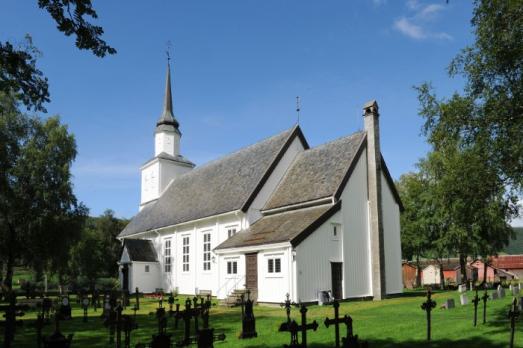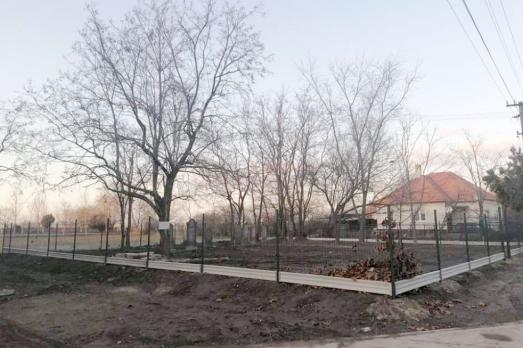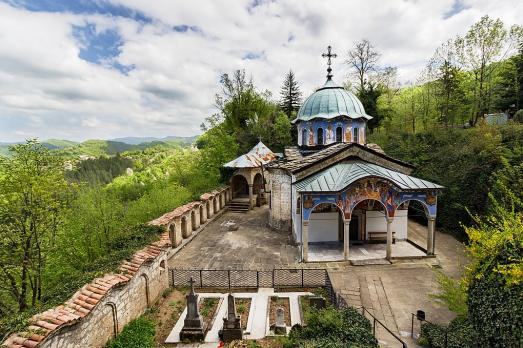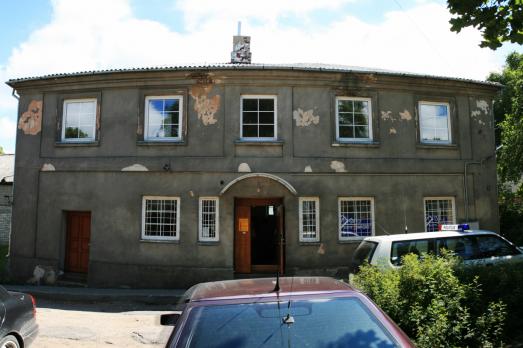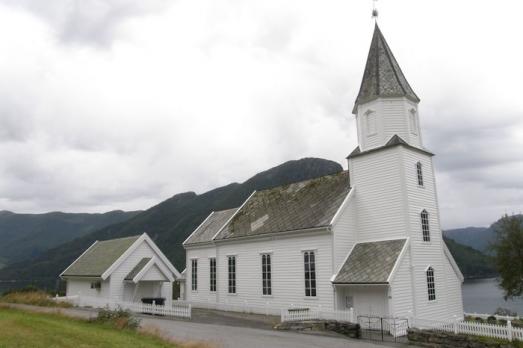
Sofienberg Church
Oslo, NO
The Sofienberg Church was built in 1877 and designed by J.W. Nordan. The church was originally called the Church of Paul (1877-1892), then the Church of Petrus (1892-1962) until it was given the name Sofienberg. Known for its good acoustics, the church is an attractive concert venue in eastern Oslo.

